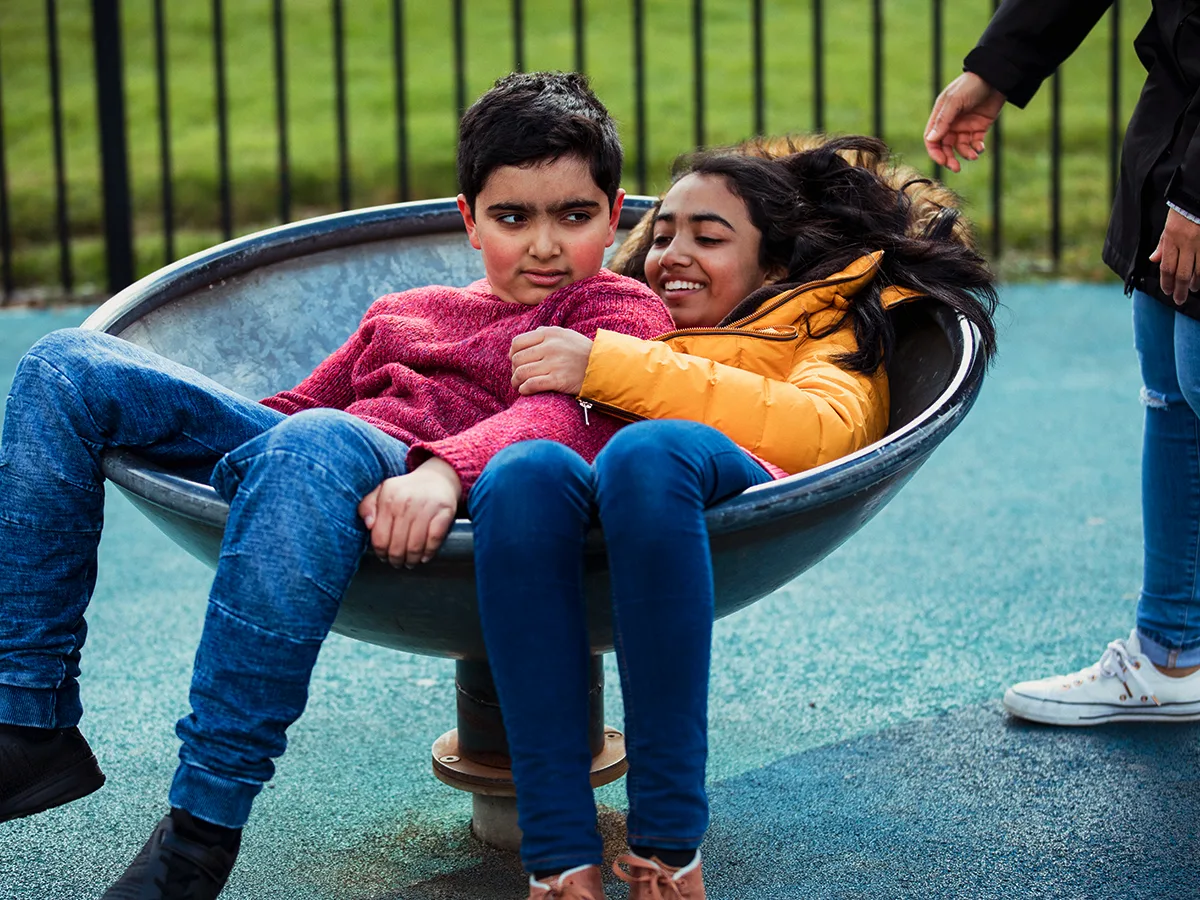Interoception and sensory processing challenges

At a glance
Interoception is a lesser-known sense that helps you understand and feel what’s going on inside your body.
Kids who struggle with the interoceptive sense may have trouble knowing when they feel hungry, full, hot, cold, or thirsty.
Having trouble with this sense can also make self-regulation a challenge.
Kids with sensory processing challenges have trouble managing everything their senses take in. The five traditional senses are sight, smell, hearing, taste, and touch. And some kids have challenges with the sixth and seventh senses: proprioception and the vestibular sense.
There’s an eighth and lesser-known sense, too. It’s called interoception. Here’s what you need to know.
What interoception is
Receptors in your muscles and joints tell you where your body parts are. That’s the basis for your proprioceptive sense. It makes you aware of where your body is in space. When you take a step, for example, you know your foot is off the ground. You don’t have to think about it. Kids with poor proprioception have trouble with this.
Interoception is a similar process. But the receptors are inside your organs, including your skin. They send information about the inside of the body to the brain. This regulates vital functions — like body temperature, hunger, thirst, digestion, and heart rate.
Interoception helps you know and feel what’s going on inside your body. You can tell if your heart is beating fast or if you need to use the bathroom. You know if you’re hungry, full, hot, cold, thirsty, nauseated, itchy, or ticklish.
The brains of kids with sensory processing challenges may have trouble making sense of all this. They may not be able to tell when they’re feeling pain or when their bladder is full. An itch may feel like pain, or pain may feel ticklish.
Kids who struggle with the interoceptive sense can also have trouble “feeling” their emotions. They might not be tuned in to the body cues that help interpret and identify an emotion. That means that these kids may not “feel” fear. They don’t sense that their muscles are tense. Or that their breathing is shallow and their heart is racing.
Interoception and self-regulation
Having trouble with this sense can also make it hard to self-regulate. When you’re able to tell that you’re thirsty, you know to take a drink. When you can feel that your bladder is full, you know to use the bathroom. When you feel a sense of frustration, you know to explain what’s going on.
If this system doesn’t work well, kids may not know why they’re feeling off and can have meltdowns. Or they can’t regulate certain responses and may wet the bed. Kids with these struggles may not be able to identify the source of their discomfort.
Reacting to interoceptive input with sensory processing challenges
Kids who are sensory seekers may crave interoceptive input. They may move quickly because breathing fast feels right to them. They may not eat or drink as much as other kids because being hungry and thirsty feels comfortable to them.
But kids with sensory processing challenges can react in other ways, too. Some kids may:
Find interoceptive input irritating. Kids who are hypersensitive to sensory input may overdo things. For instance, they may eat more than other kids so they don't feel hunger pangs. They may also use the bathroom more often because they don’t like the way a full bladder feels.
Respond inappropriately to interoceptive input. Kids who are under-responsive to sensory input may not feel or respond to sensations when they should. For instance, they may take longer than other kids to learn to use the toilet. They may not eat as often as others because they may not feel hunger or thirst.
Trouble with interoception isn’t as well known as other sensory processing challenges. But some experts think that mindfulness practices, sensory diets, and heavy work can help.
Download a sample sensory diet. And learn more about when kids are sensory seeking and sensory avoiding.
Key takeaways
Kids with sensory processing challenges may crave interoceptive input. Or they may find it irritating.
Experts are still learning about how to help kids who struggle with interoceptive input.
Mindfulness activities, heavy work, and a sensory diet may help.

